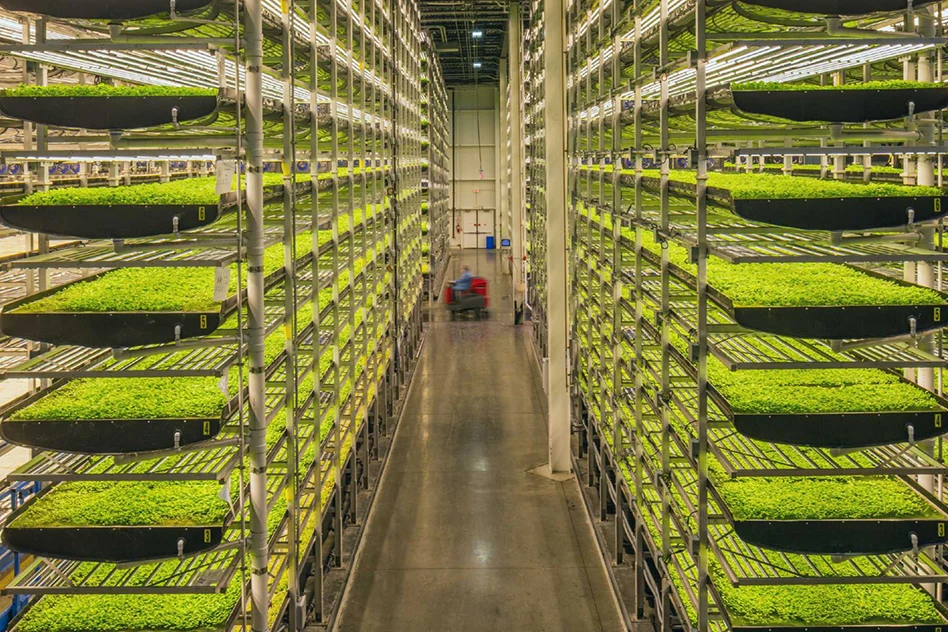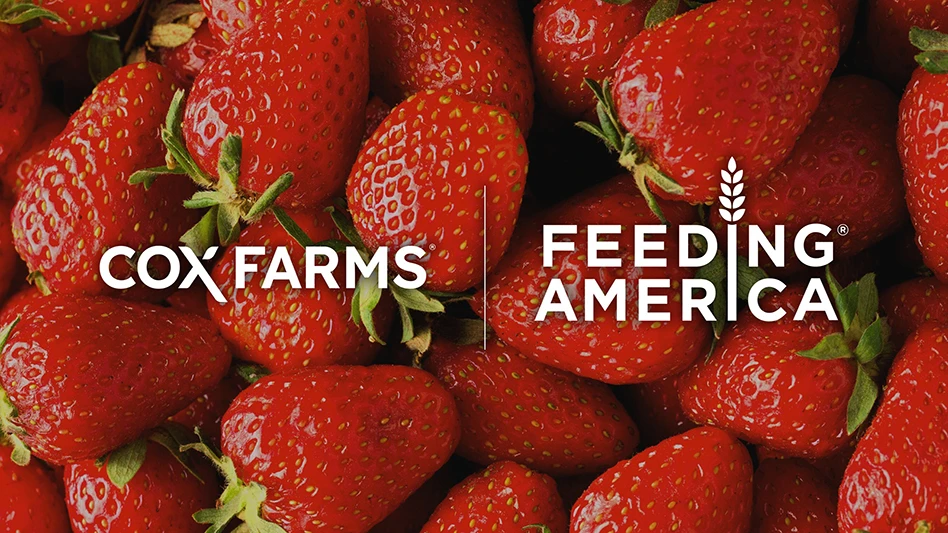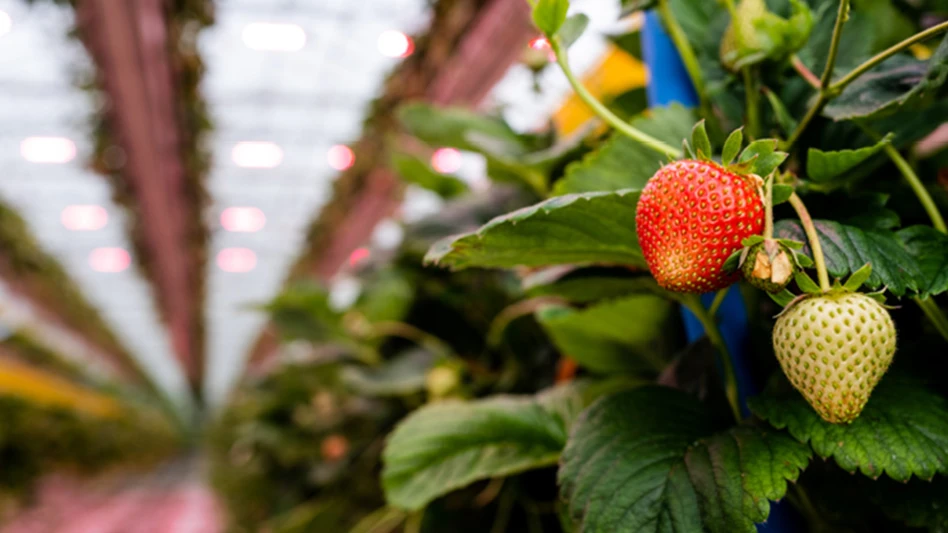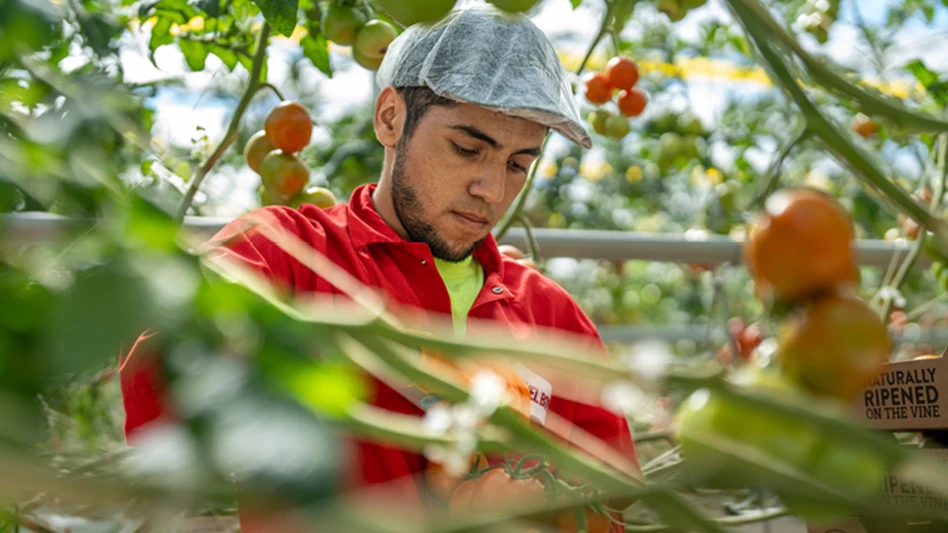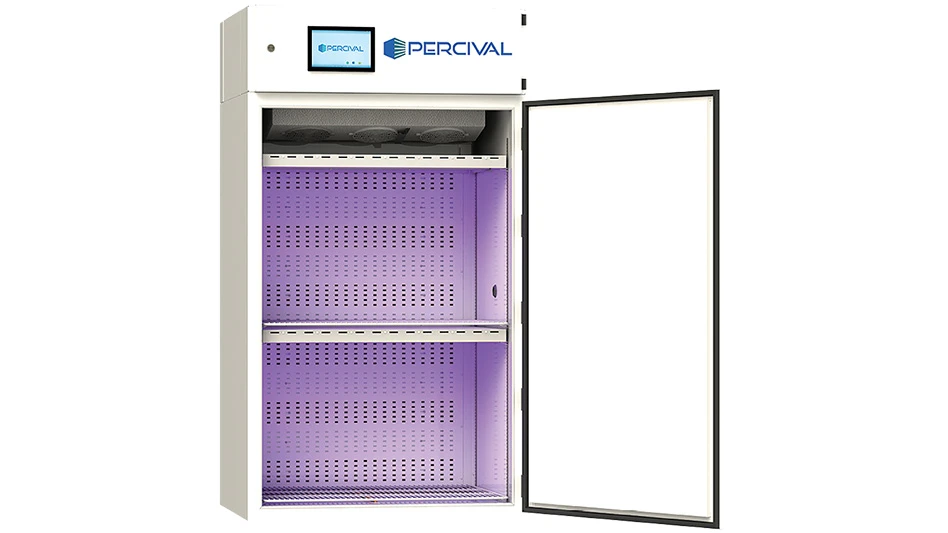
From the wholesale grower to the plant and garden retailer, consumer trends are what drive the horticulture business. Staying on top of those trends is crucial to success. And nowhere in the annual horticultural trade show season are those trends more evident than The Pennsylvania Horticultural Society's Philadelphia Flower Show, which in its nearly 200-year history has showcased innovation in flowers, foliage, landscapes and floral design.
The show grants plant brands, floral designers, garden designers and gardeners a chance to get creative — and to take those creations to the next level. The 2024 theme, “United by Flowers,” not only showcased astonishing designs but also offered inspiration to both beginning gardeners and experts.
Over the course of the show, strong ideas and subjects emerged. In houseplants, the much-loved monsteras and philodendrons showed no sign of losing their popular crown, while in flowers, African violets and begonias emerged as favorites. Landscapers demonstrated the movement to rewild mannered spaces, while tech entered the flower world with 3-D printing and mixed-media design.
And while the bold, future-forward displays of the Flower Show may not be ubiquitous in the American garden today, growers need to be prepared, selecting plants that will coexist with the needs of the garden consumer.
“The Philadelphia Flower Show provides a platform for some of the world’s most renowned designers and growers to highlight the best and newest ideas in the industry,” says Seth Pearsoll, the show's creative director and vice president. “These displays often reflect up-and-coming industry trends that are then incorporated by gardeners, landscapers and florists of all levels around the globe.”

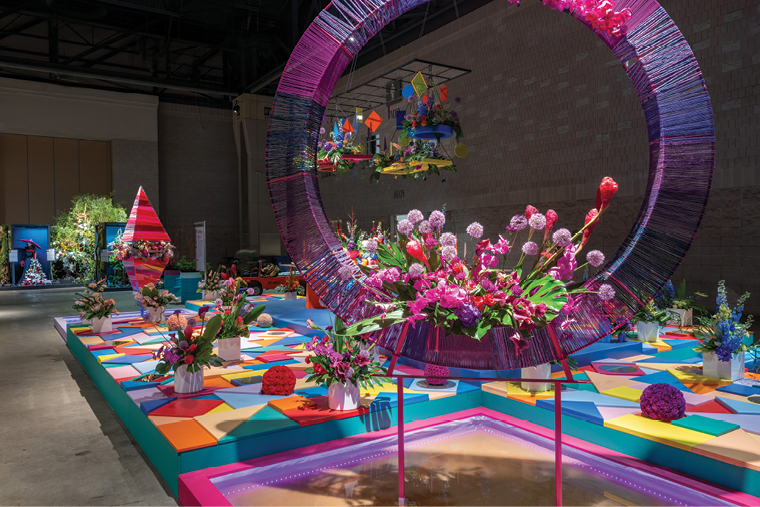
Here are the trends to watch for in the coming years:
Aroids all around: Aroids remain a popular houseplant. Philodendron, amorphophallus, monstera and anthurium all took a competitive category at the flower show. This plant family continues to attract interest. Coming in all sizes, aroids are easy to care for, making them a great houseplant.
Going big on begonias: The flower show saw many rare begonias, and all around, begonias were on display this year as they continue to gain more interest. Typically seen in shade gardens, begonias can be very versatile. Their popularity may come from being low maintenance and adding a bold pop of color in many varieties.
Very violet: Gesneriads gained popularity this year, and there were many varieties at the flower show. The usual African violets were accompanied by Streptocarpus, Sinningia, Petrocosmea, Primulina and Kohleria.
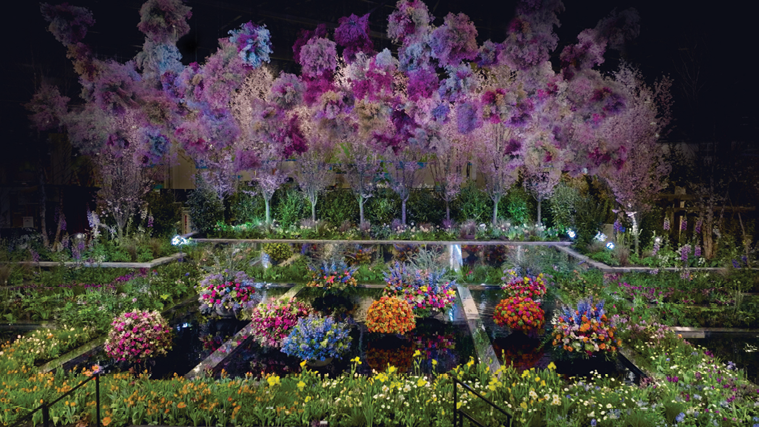
Plants under glass: Terrariums are having a fantastic year as their popularity climbs. They can accommodate many plant groups and allow gardeners to get creative with designs. Eye-catching, low maintenance and approachable for all skill levels, this approach to growing plants suits all types of gardeners.
Going wild: Popular in urban areas, rewilding of land is becoming more popular in the landscape industry. The trend was represented at the show through exhibits, including Kelly Norris’ “A Beautiful Disturbance,” which showcased a vacant lot overtaken by plants.
Growing local: A floral map exhibit by Jennifer Designs highlighted hyper-local cut flowers, a trend that recognizes the carbon footprint of mass-grown imported flowers. Many cut flowers in the U.S. come from other countries, and buying locally sourced cut flowers can have a variety of positive environmental effects. Locally sourced flowers can also last longer.
Mixing it up: Virtual gardens are growing as the use of mixed media creates an immersive floral experience. Projection and photography are used to create virtual gardens. Incorporating this technology by providing a virtual tour of greenhouses could be a great addition to a website.
Table toppers: Table-top topiaries and arrangements with pops of color and unique takes on their forms were on display at the show. Designers can branch out and explore different colors, shapes and textures for topiaries. Each one can be unique and customized.
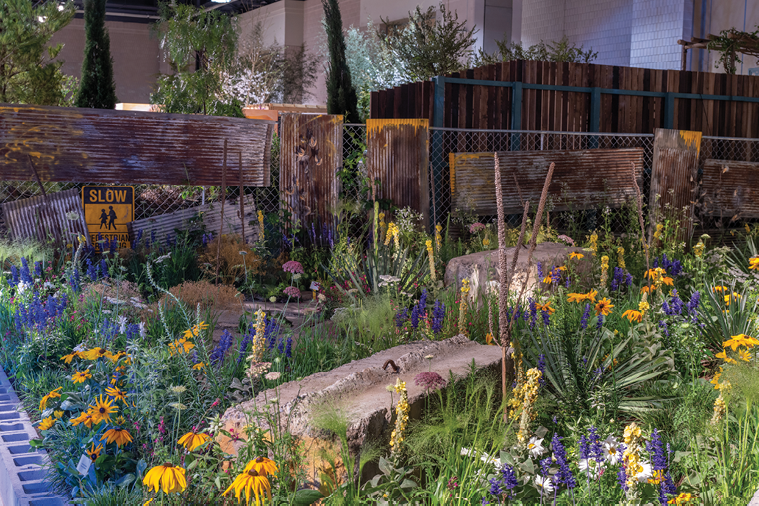
Seeing in mono: The use of monotone, bold neon colors and color-blocking has increased across the floral industry. Using only one color — popular choices are neon pink or orange — a bold, eye-catching design is created. In an event setting, promotion or other uses, this is a helpful strategy to stick to a color scheme, take a risk or just have fun with neons.
Statement pieces: This year, large-scale statement floral sculptures and arrangements are preferred over smaller clusters of florals. A large focal point can set the tone of a garden design or event. They can also be used in large business spaces to create a certain mood and complement the plants.
Tootie fruity: Organic materials, like fruits and vegetables, are being incorporated into arrangements to make them appear whimsical. They add variety to the texture, color and shape of the arrangement.
Now in 3-D: Untraditional media to create organic shapes and masses are trending. 3-D printers are a popular way to accomplish this design, which can also incorporate natural materials like moss, grass and foliage. PHS says the idea behind this stems from the “no flower-flower arrangement.” Any untraditional medium can be incorporated into an arrangement. Concrete can be used to create shapes that complement the florals.
Amazing anthurium: Anthurium in unique, vibrant colors has been increasingly popular. Using them in a way that is natural and creative can demonstrate a well-done, eye-catching sculpture, arrangement or floral display.
Industry trends remain an important north star for growers. With foresight into what’s coming, boosting begonia production or trying tropicals may just boost revenue or add a new source of funds. It’s just a matter of seeing the signs and taking a chance. But using the Philadelphia Flower Show as a guide is a good bet. A 195-year track record is hard to beat.
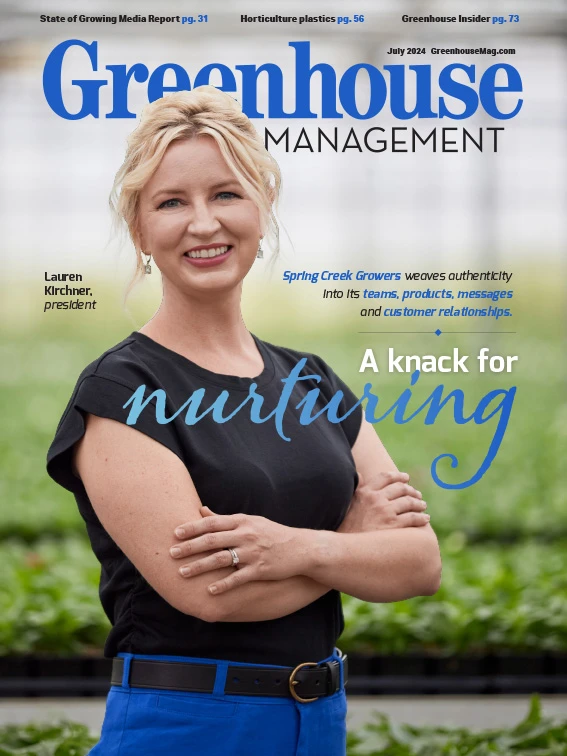
Explore the July 2024 Issue
Check out more from this issue and find your next story to read.
Latest from Produce Grower
- The Growth Industry Episode 1: State of the Horticulture Industry
- FDA to Hold Webinar on Updated ‘Healthy’ Claim
- VIDEO: Growing media for strawberries grown under different production systems
- Selected for success
- International Fresh Produce Association Expands Food Safety Team
- USDA Announces Presidential Appointments
- Food safety starts with plugs
- Water treatment strategies
